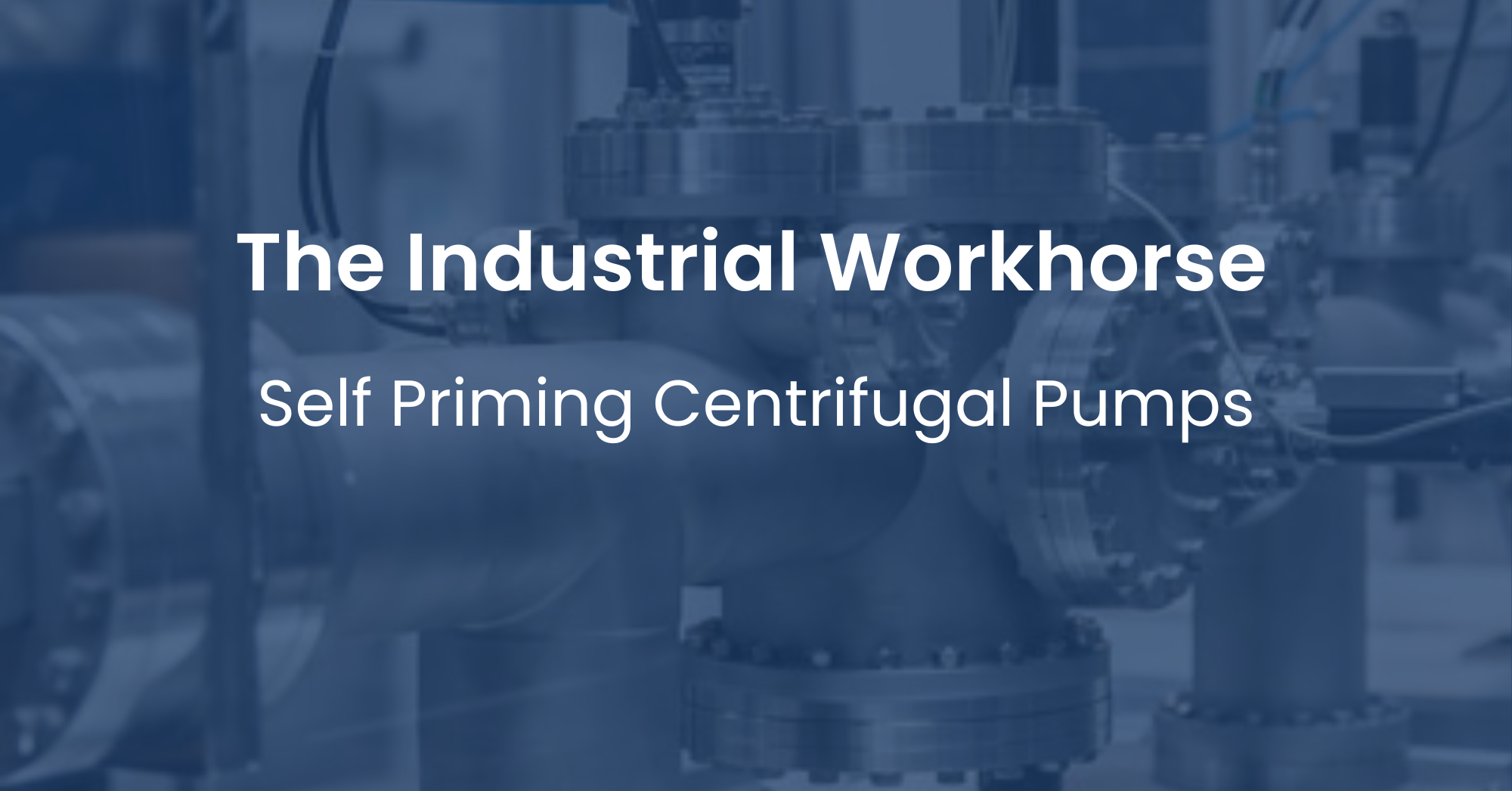The Industrial Workhorse: Self Priming Centrifugal Pumps
In the demanding world of industrial operations, reliable fluid transfer is paramount. From managing wastewater to circulating vital chemicals, the right pump can make all the difference. Among the diverse array of pumping solutions, the self priming centrifugal pump stands out as a true workhorse, offering significant advantages in many challenging applications.





-Sep-30-2024-05-50-05-0638-PM.png)
-Sep-12-2024-08-27-18-8569-PM.png)
-Jun-10-2024-07-59-18-9056-PM.png)


